Energy is a key factor in combating climate change, one of the biggest challenges the world is facing today. India has committed to cutting emissions to net zero by 2070 and set ambitious targets for adopting renewable energy. Achieving these targets requires careful planning and an overhaul of our current energy system.
Our work aims at enabling policies that encourage the adoption of rooftop solar, facilitate the development of technology for energy storage, strengthen the grid and transmission infrastructure, advance hydrogen technologies, and promote green mobility. CSTEP's research looks at the various aspects of mainstreaming renewable energy for a cleaner, greener energy sector.
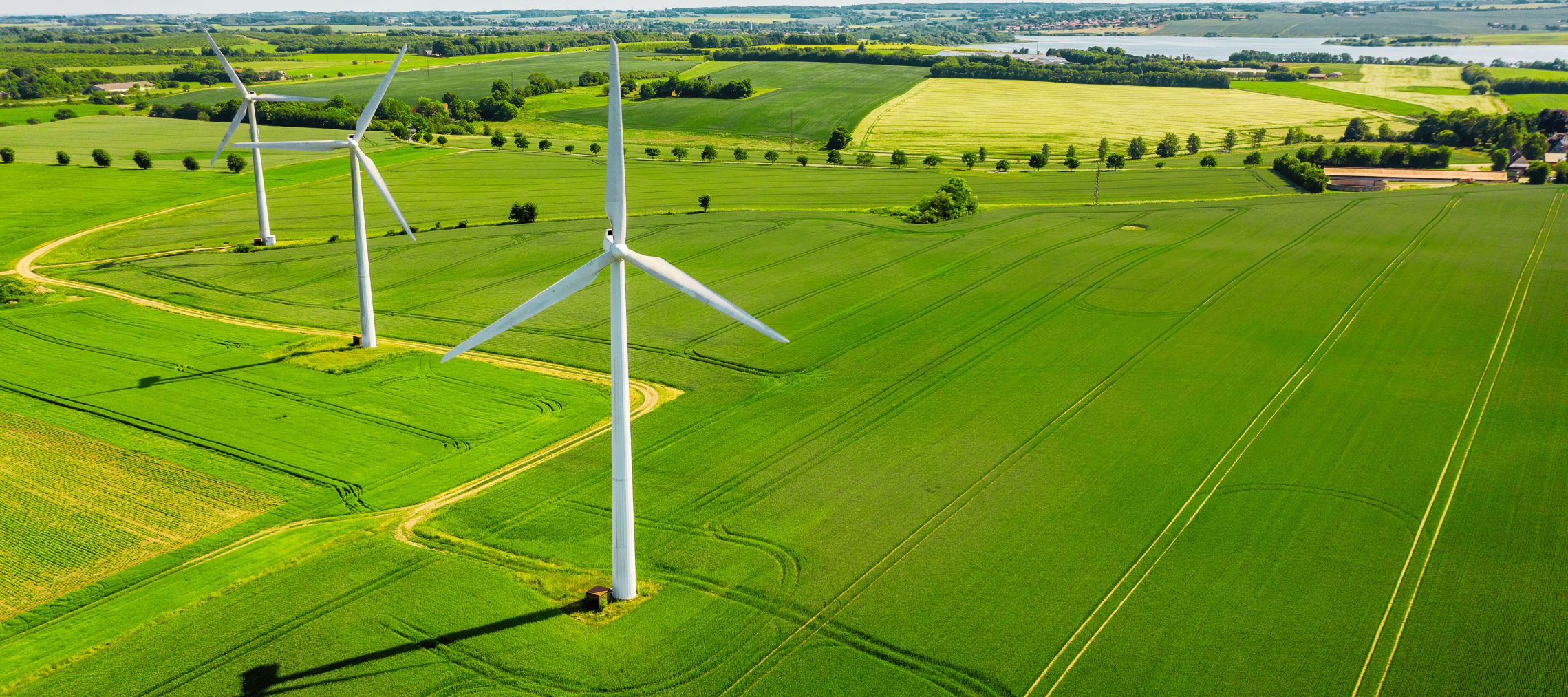
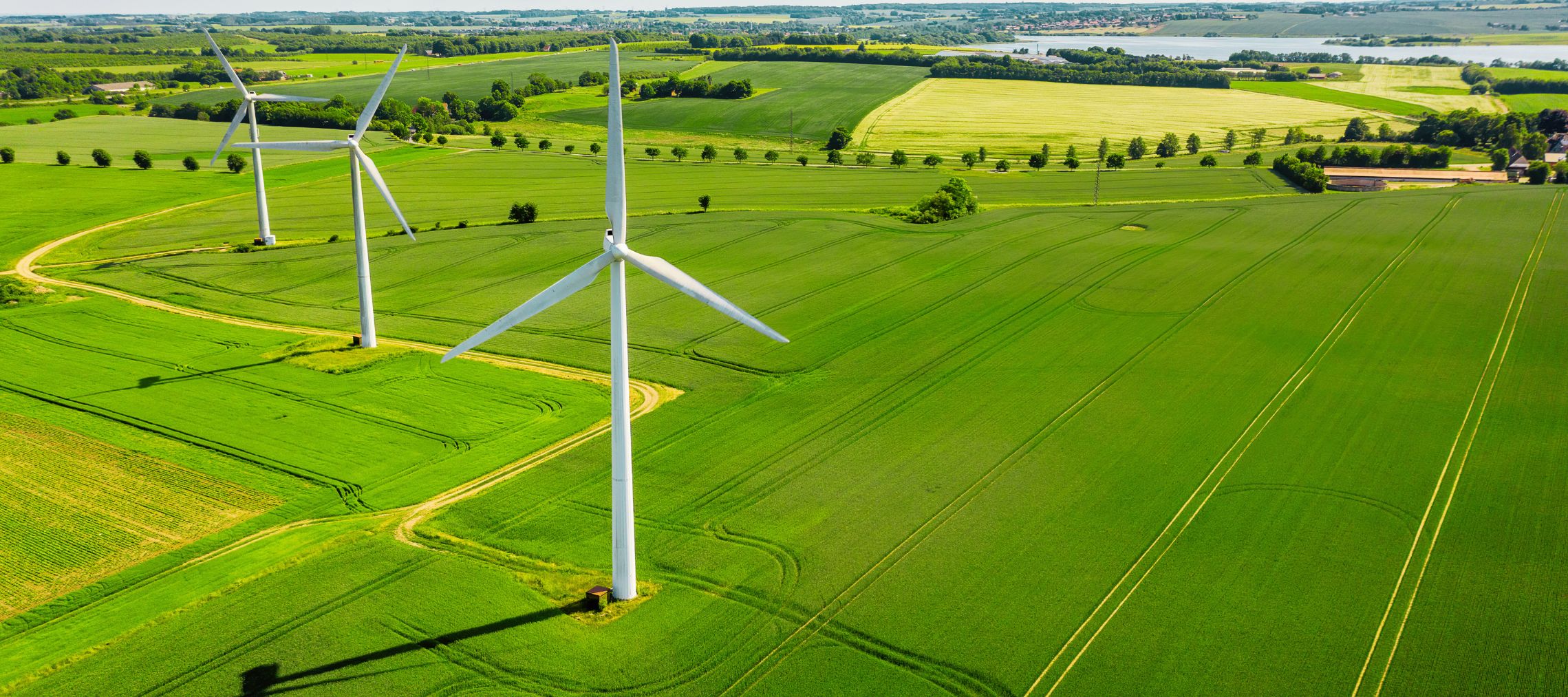

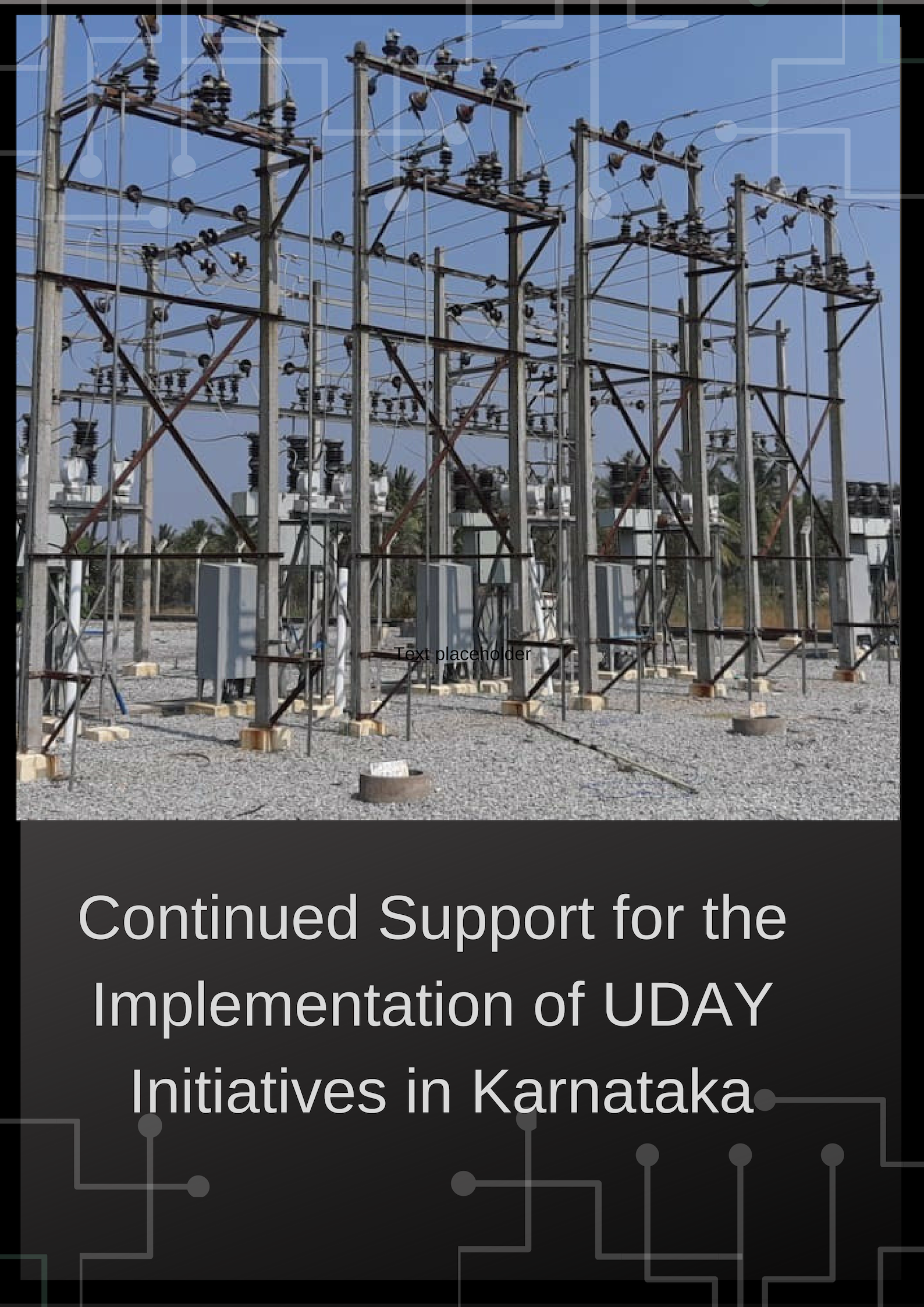
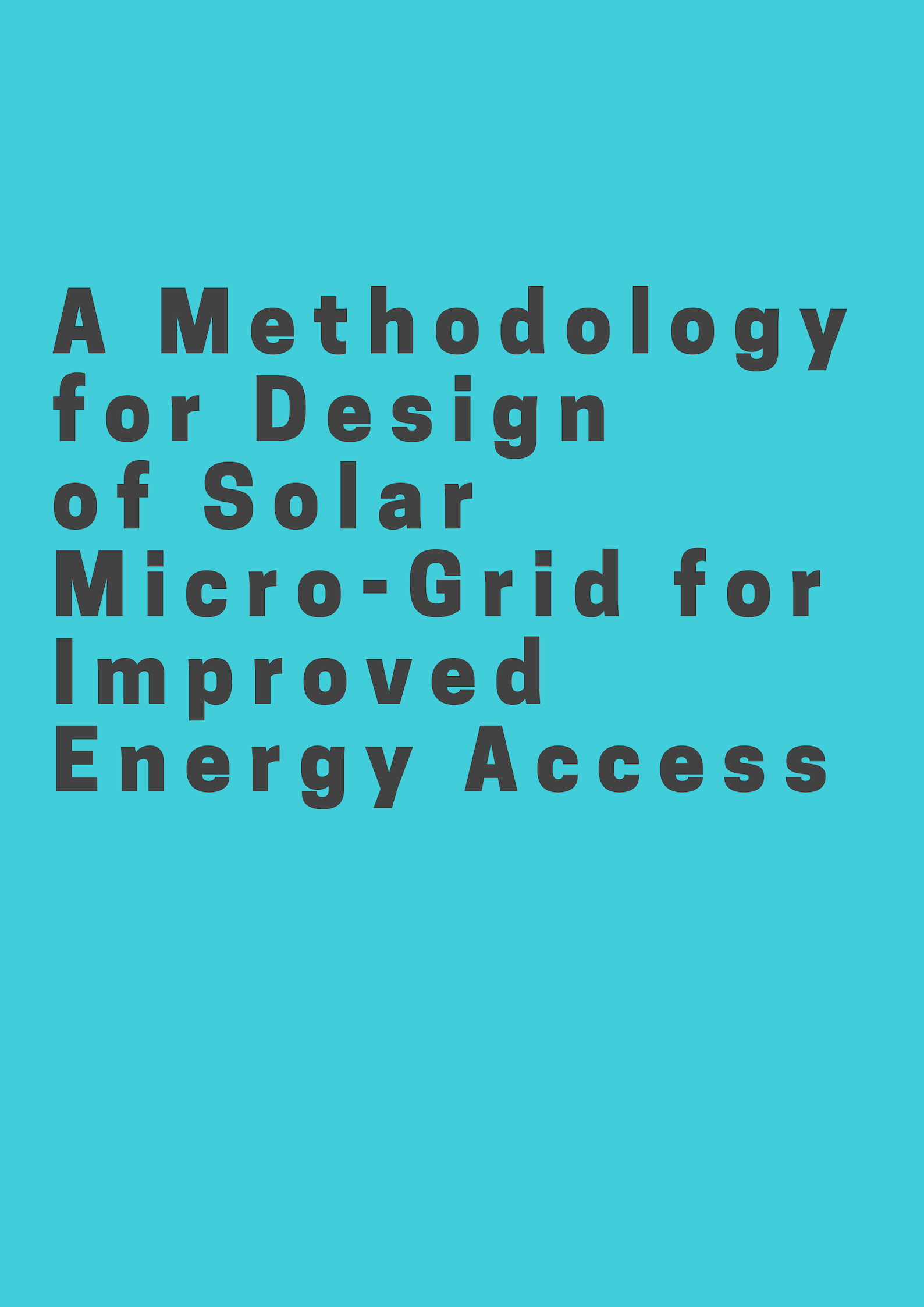
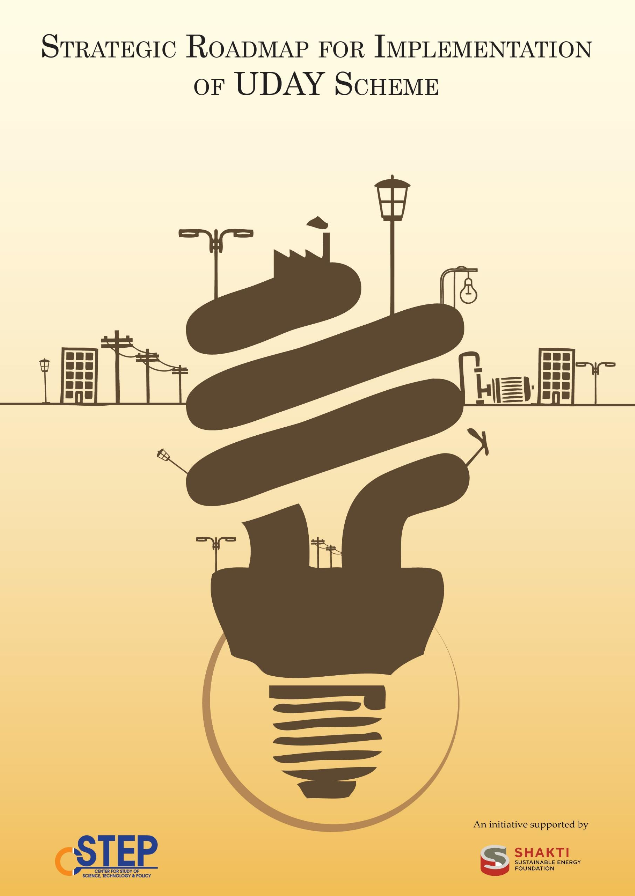
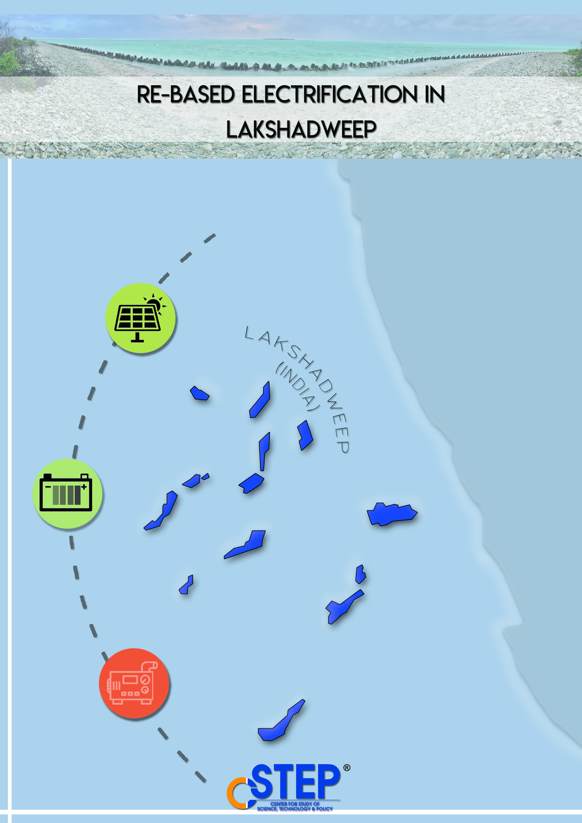
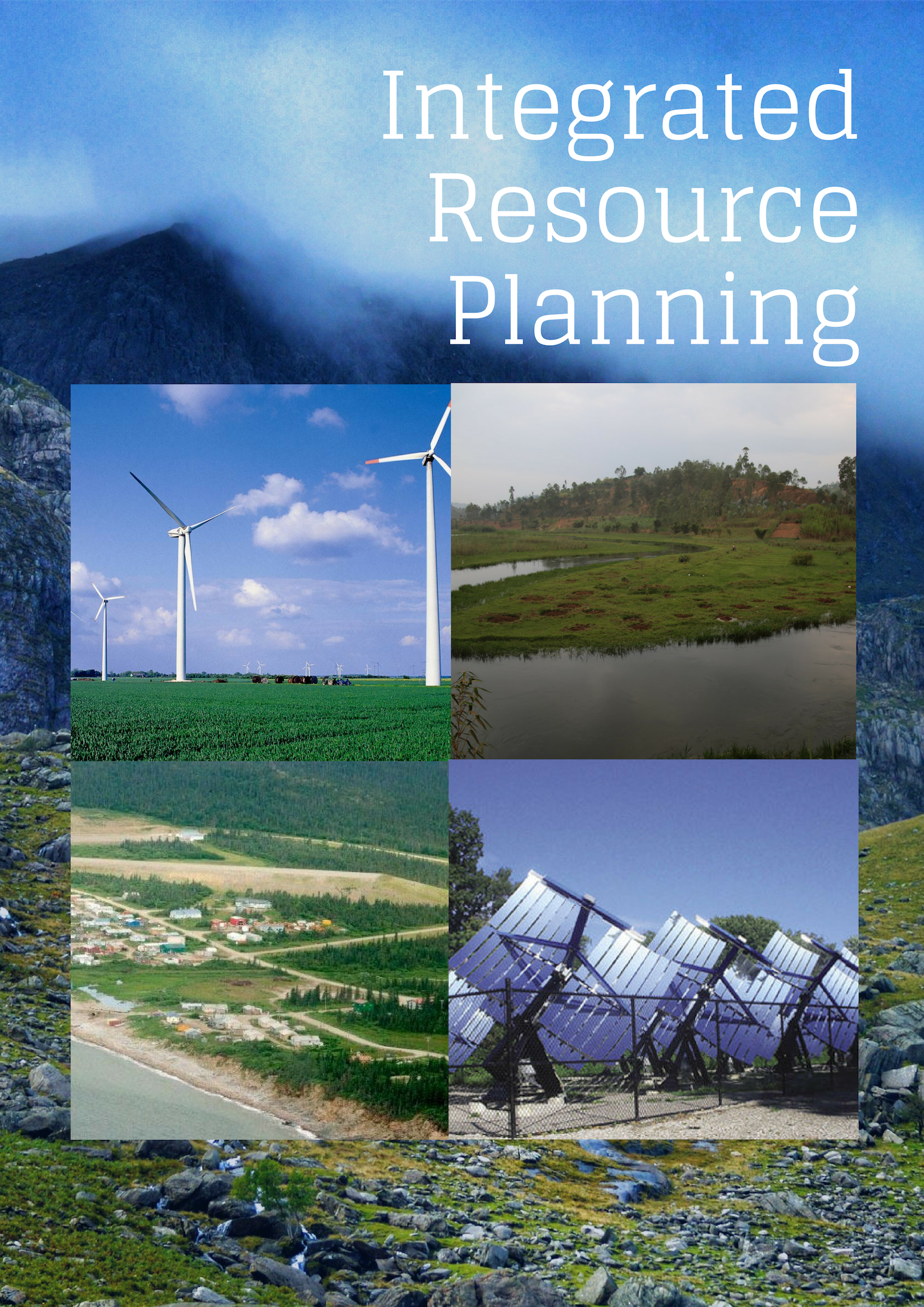
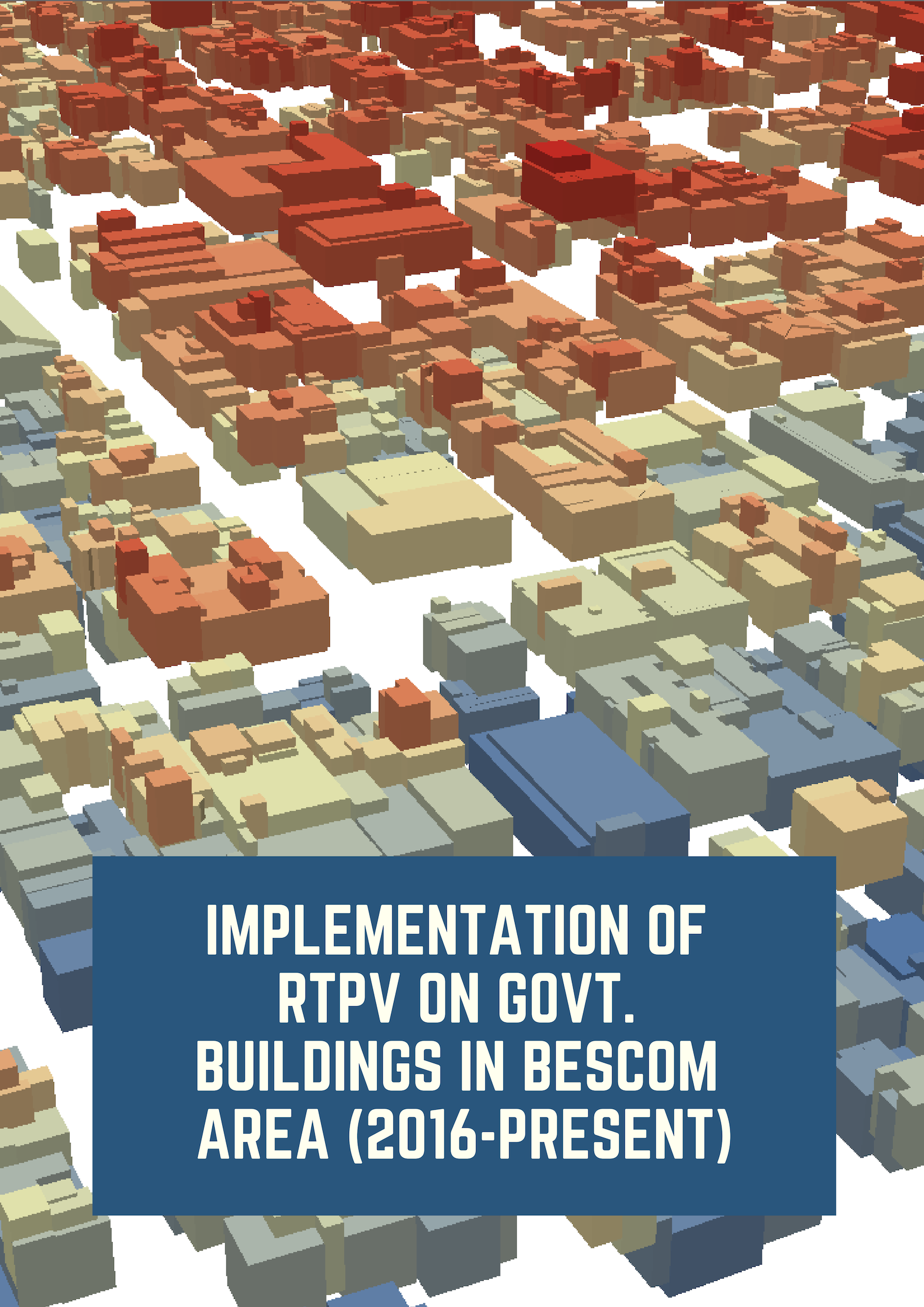
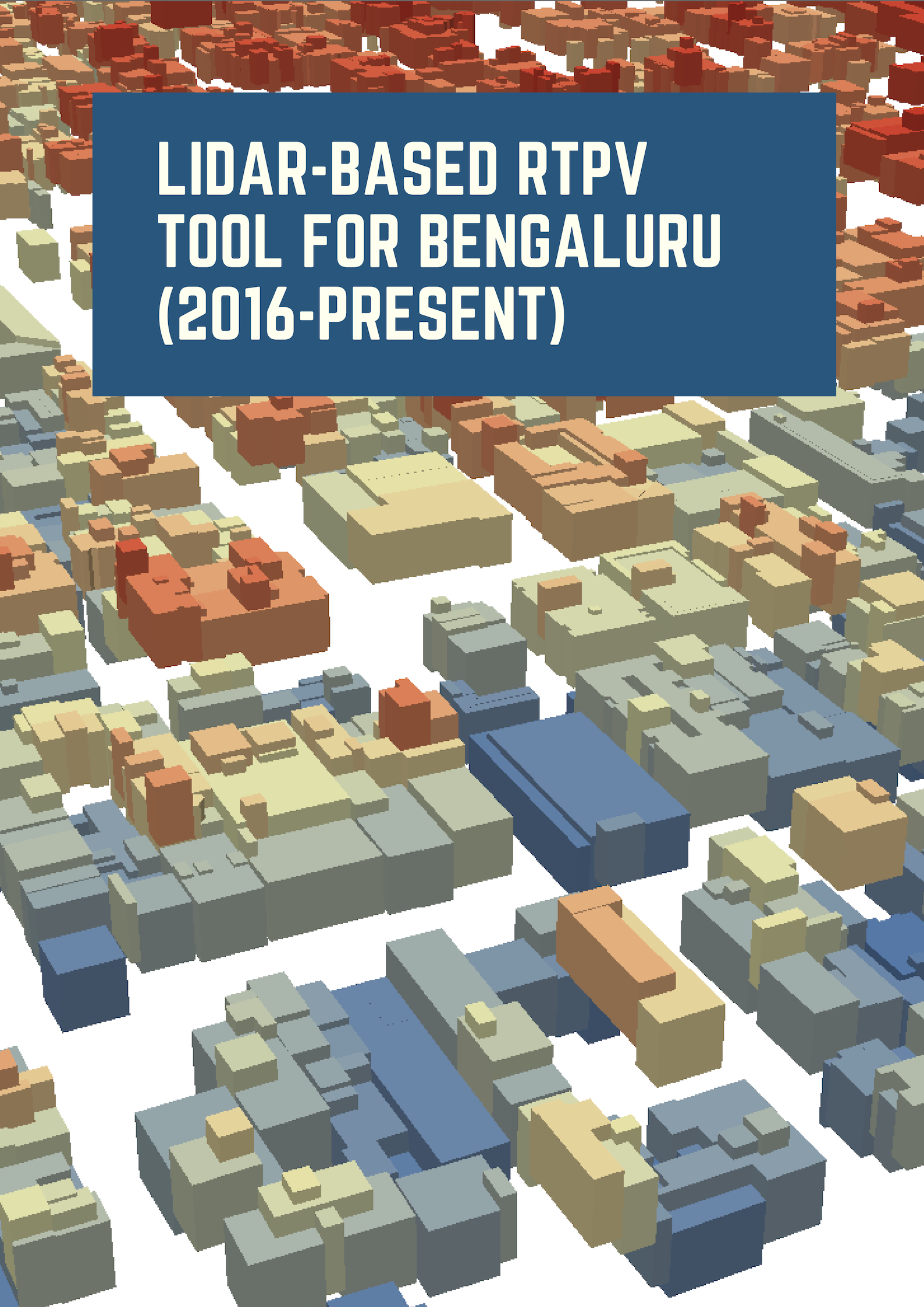

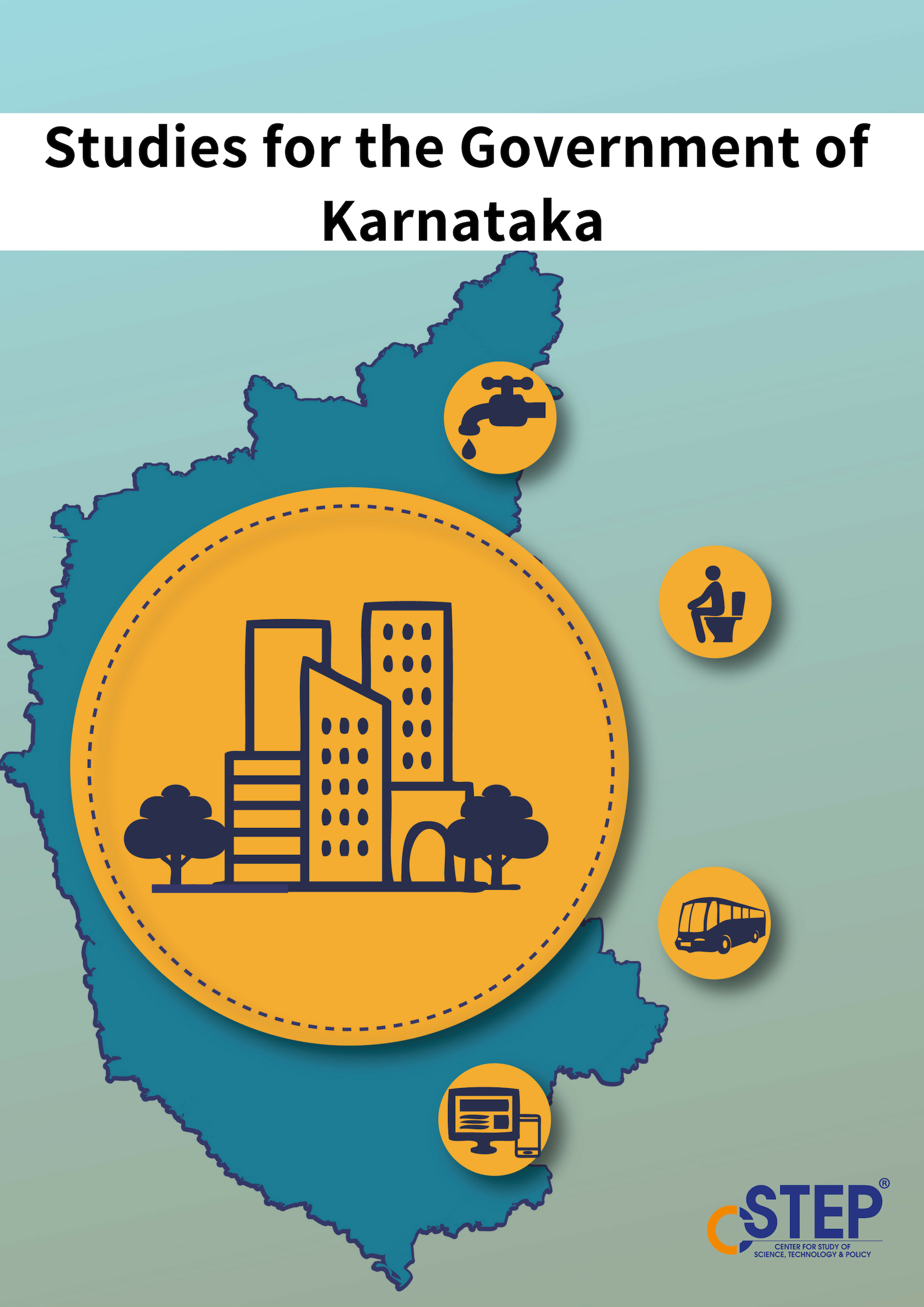

Sowing the seeds of a solar power revolution via agro photovoltaics
Agro Photovoltaics (APV) is a unique model of collocating food and fuel. While safeguarding traditional livelihood, it creates new income avenues for farmers. In this Op-ed, the authors observe that government initiatives such as PM-KUSUM can act as catalysts to take this model forward, empowering farmers along the way.
Deep Decarbonising with Distributed RE Systems
According to Niti Aayog, the demand for energy in India is set to grow from the current level of 5,311 TWh to 18,635 TWh by 2047, an increment of 3.5 times. As demand for energy observes an unprecedented increase, it becomes pertinent to explore novel sources of energy, such as distributed renewable energy systems (DRES).
Improved solar power yield: A silver lining in times of COVID-19
The novel coronavirus pandemic has brought the world to a standstill. It has created a lot of uncertainty for many businesses. The outbreak has affected the Indian solar industry, hampering manufacturing and project development. According to CRISIL, 3 GW-solar projects of ₹160 billion are likely to get affected due to delays. This is a matter of concern for Indian project developers. But, amid this gloom, there is a silver lining. There is a lot to discuss about how India has achieved new records in solar power generation.
Lockdown and the power equation
The advent of the novel coronavirus (COVID-19) pandemic had forced India to resort to a lockdown. To contain the spread of COVID-19, nationwide lockdown had been announced in phases since 24 March. This has adversely affected the power sector, hitting the demand and collection, and hence, the financial health of distribution companies (DISCOMs).
BESCOM transformers poorly maintained, can disrupt power supply
Bengalureans are familiar with frequent power cuts lasting several hours, sometimes through the day. Irregular power supply interrupts our daily routines, especially with respect to work since many of us are working from home these days. It could also damage household appliances like refrigerators, air-conditioners and TV sets. In the case of medium, small and micro industries, erratic power supply affects production.
Thermo-economic analysis of a mixture of RC-318 and pentane as a working fluid in a high temperature ORC
A thermo-economic evaluation of a steam Rankine cycle and an ORC for similar operation conditions and power outputs suggests the promise of organic working fluids for high temperature ORCs. Key conclusions are:
1. The thermal efficiency of steam Rankine is only marginally better than that of the ORC.
The dark side of the sun: Clean energy's wasteful impact
This article looks at the current policy framework on e-waste as well as policy clarity and interventions needed in order to manage impending photovoltaic (PV) waste.
Feeder-Wise Revenue Analysis and Monitoring of Energy Sales (FRAMES)
The Indian power-distribution sector has been plagued with inherent issues of high aggregate technical and commercial (AT&C) losses and a wide gap between the cost incurred and revenue realised. Most distribution companies (DISCOMs) continue to struggle with these issues even after the implementation of Ujwal DISCOM Assurance Yojana (UDAY), launched for the revival of the distribution sector. This study puts forth a framework developed with the intention to ameliorate the position of Indian DISCOMS.
An empirical model for ramp analysis of utility-scale solar PV power
Short-term variability in the power generated by utility-scale solar photovoltaic (PV) plants is a cause for concern for power system operators. Without quantitative insights into such variability, system operators will have difficulty in exploiting grid integrated solar power without negatively impacting power quality and grid reliability. In this paper, we describe a statistical method to empirically model the ramping behavior of utility-scale solar PV power output for short time-scales.
